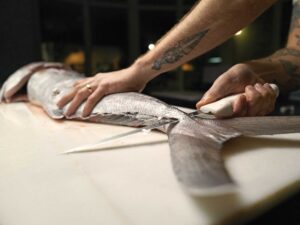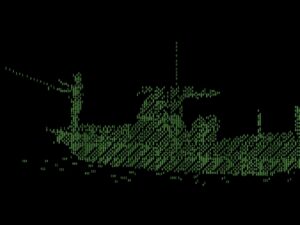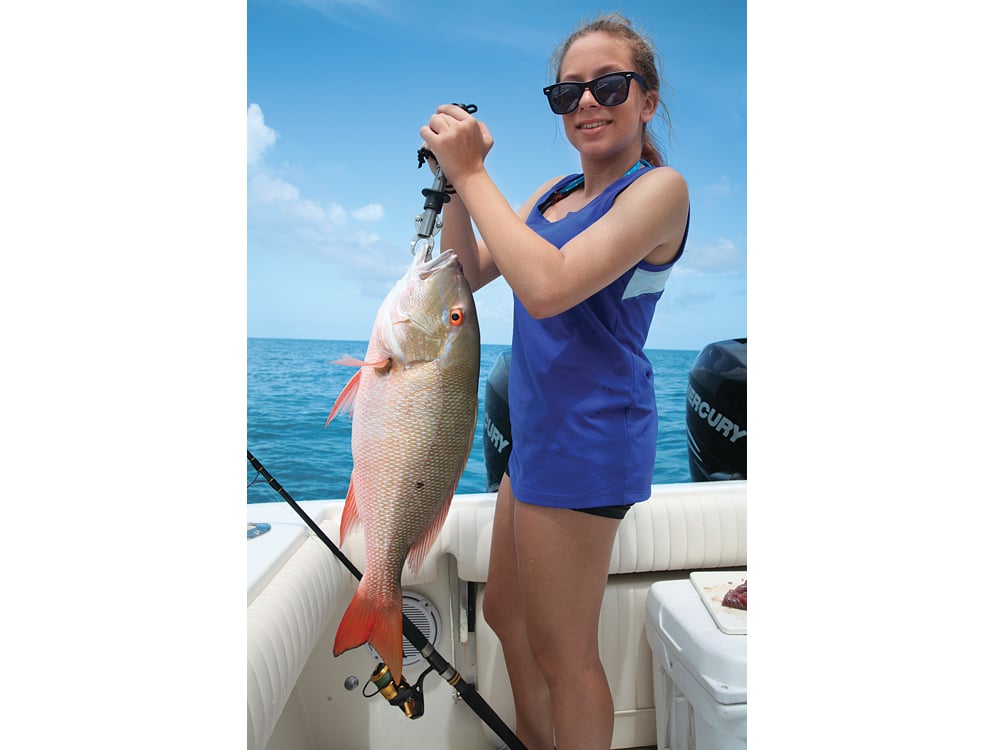
A couple of years back, just after side-scanning technology became available, Lowrance StructureScan saved the day for Harry Vernon III and me. We were anchored on a Bimini reef in 75 feet of water, looking for yellowtail snapper. Our chumming ignited a feeding frenzy among amberjack, horse-eye jacks, cero mackerel and sharks; but where were the yellowtails? I had never fished this spot without catching them.
I turned on my Lowrance HDS 10 sonar, activated StructureScan, and set the range to 100 feet. Lo and behold, 30 feet directly off the starboard side of our boat, a large school of yellowtails had amassed. Obviously, the larger predator fish in our chum slick had them intimidated. I baited a yellowtail rod, pitched up-current of the ball of fish, and let my bait drift back to them. Wham! Fish on! Had it not been for our side-scanning, we would have missed out on our limit of tasty yellowtails.
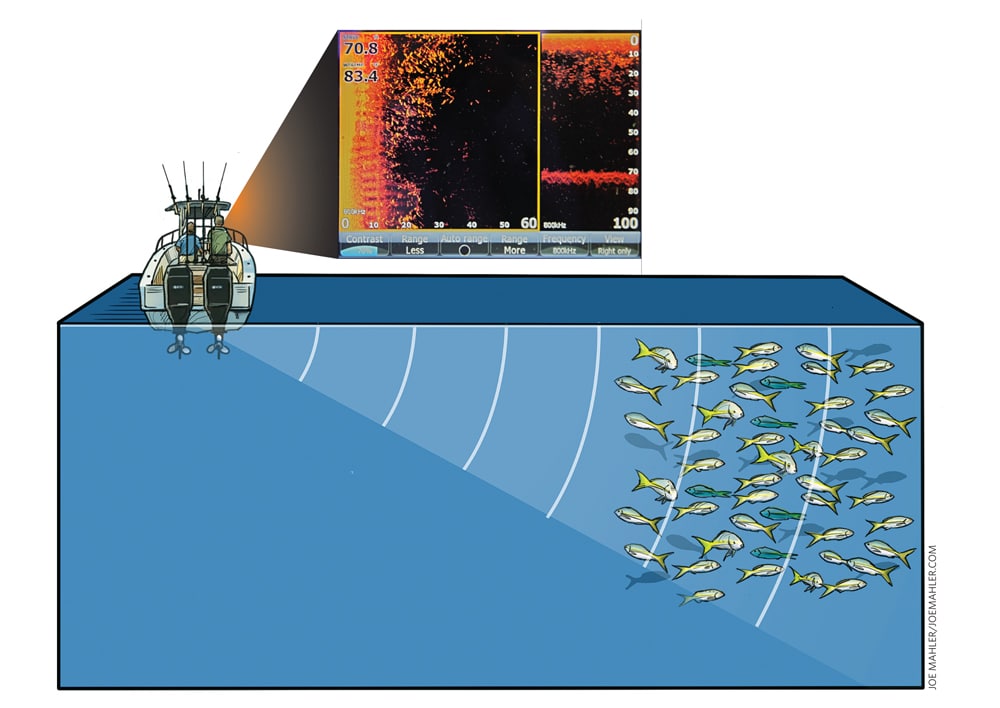
What Is It?
Side-scanning sonar is exactly that: a view directly off both sides of your vessel. Viewing the swath of water around your boat is a powerful tool. I’ve discovered bait concentrations that were not visible at the surface; significant debris, abandoned crab and lobster traps, large rocks and boulders, shelves, bottom “spikes” and other fish-holding structure. And as described, we’ve located the fish themselves.
Side-scanning devices are offered by Lowrance and Simrad, Navico brands, and Humminbird. Key to acquiring the high-resolution imaging associated with side-scanning is high frequency: 455 kHz for greater distance and 800 kHz for greater resolution. The resulting imagery is so crisp and clear that specific fish can be identified as well as bottom structure. What it shows you off to the sides of your boat is amazing. It’s the closest thing to diving without getting wet.
Side-scanning hardware is an add-on option, complete with its own transducer. Humminbird recently introduced 360-degree imaging, which enables scanning around the entire vessel.
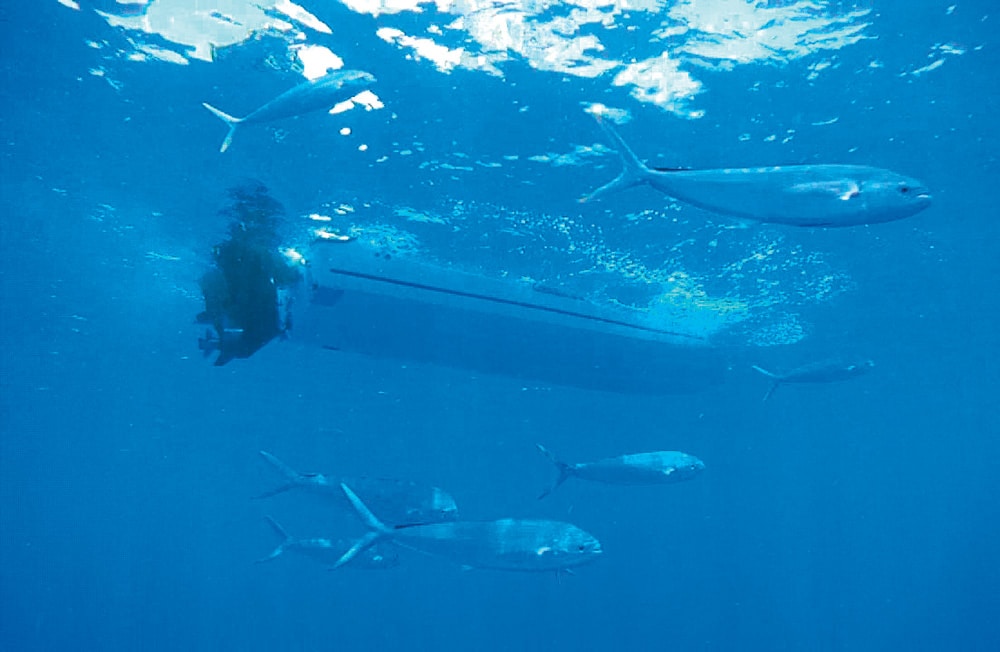
Get to Fishin’!
Without a doubt, it is worth its weight in gold inshore, in inlets and passes, canals and rivers, channels, around docks and bridges, and along the beachfront. Waypoints can be saved; plus, there’s also the ability to measure the size of objects. You can also scroll back to review an attractive piece of structure you had passed by but failed to save.
Captain Mike Holliday, light-tackle guide in Stuart, Florida, uses a Humminbird 998c on his Maverick skiff, and a Humminbird 987c on his 24-foot Pathfinder. “In my area, we fish a lot of docks and bridges for snook,” he says. “There might be a stretch of 20 docks that could hold snook. Instead of going up to each one to have a look, I’ll stay off them, idle along and use side-scanning to see what’s underneath. It’s so unobtrusive and efficient. If I see snook under one dock, I can then set up a quiet approach to catch them, rather than tipping them off to my presence by idling up to look around.”
“Same for our bridges,” says Holliday. “I’ll make passes along the pilings looking not only for bait, which might tell me which pilings the snook might gather around, but also the snook themselves. Once I discover where they’re stationed, I’ll back off, get into position, and fish that school. This tactic applies to bridge fishing anywhere, for striped bass, sheepshead, cobia and so on.”
Holliday also uses side-scan for locating tripletail on channel markers. These fish often get up tight underneath buoys, well hidden from traditional sonar and human eyes. By side-scanning the buoy, and down the chain to its mooring, he knows where fish are holding.
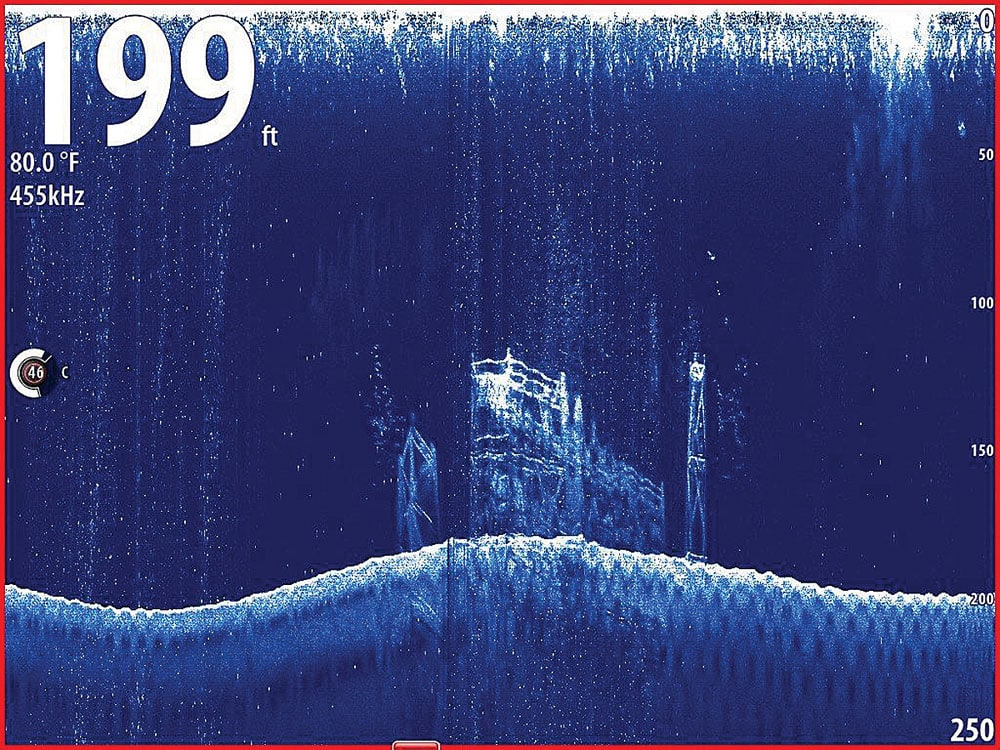
The In-Between Grounds
Side-scanning is a big benefit when fishing reefs and wrecks to 150 feet. Carl Grassi and I had my MARC VI in the Abacos, getting set to drop anchor in shallow water on a large wreck that holds grouper and snapper. By initially making a few passes over it with my Lowrance HDS 10 Gen2 unit and its StructureScan, we saw its entire layout, areas of activity, and the precise zones we wanted to fish.
When Holliday fishes 50- to 60-foot wrecks for permit — and especially in off-color water — he’ll use his Humminbird to mark the wreck with GPS, and then activate side imaging to see exactly where in the water column the permit are staging. “I will hold over the top of the wreck and then tell my clients to cast off to the right 100 feet, if that’s where I’m marking the permit. I can also tell them just how far down to drop the bait, based on whether the permit are 10 feet down or holding near bottom.”
Says Holliday: “It also helps detect fish moving in on our live chumming, like bonito, blackfin tuna, and even kings and wahoo. I’ll know what outfit and bait to use for that fish, and where to place it. It’s invaluable for wreck fishing.”
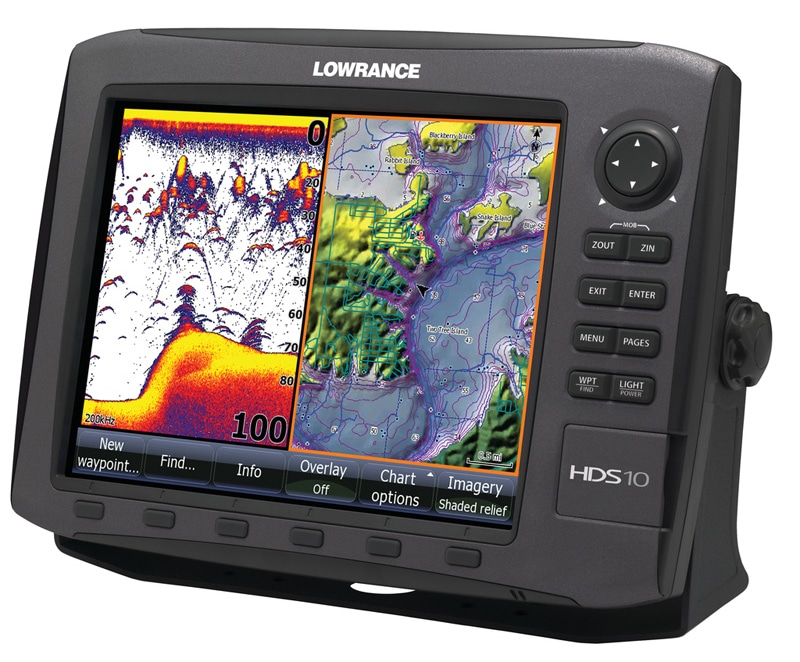
Fine-Tuning Details
Stuart Wood — a Hallandale, Florida-based senior manager for Navico, and an ardent offshore angler — discovered by accident how to fine-tune his company’s StructureScan feature to scour offshore weed lines for bait and fish. “I do a lot of dolphin fishing with friends, and one day we were trolling along this weed line, and I wondered why we couldn’t see anything,” says Wood. “I played with the settings, and once I manually overrode the ranges and got the unit out of its default setting, I was amazed at the views we got underneath those weeds. I’m talking about submerged weeds, debris, bait and even dolphin out to 300 feet.”
To side-scan weed lines and fish high in the water column, Wood recommends three adjustments. First, increase the side range of StructureScan to 200 to 300 feet. Next, choose a color palette that offers the clearest picture: He suggests orange. Last, turn up the gain until you wipe out the screen. Then slowly bring down the gain until it begins to clear up. When it first clears is the perfect gain for such situations. “Use the 455 kHz frequency, ” says Wood. “Even though the 800 kHz is designated more for clarity, with advancements in our transducers, you won’t have to go beyond the 455 kHz.”
The same side-scanning technology can be used to view beneath your boat. DownScan (Navico) and Down Imaging (Humminbird), utilize the same high frequencies to provide the same ultrasharp views.
Traditional sonar reveals the bottom, bait and fish, but it’s just shy of the lifelike imagery provided by side-scanning technology. Traditional sonar is invaluable, especially in waters beyond 300 feet, where the high frequencies of Downscan and Down-Imaging run out of steam.
I’ll often have three screens up on my Lowrance HDS 10 Gen 2 unit: a left and right view, a DownScan view and a traditional sonar view.



